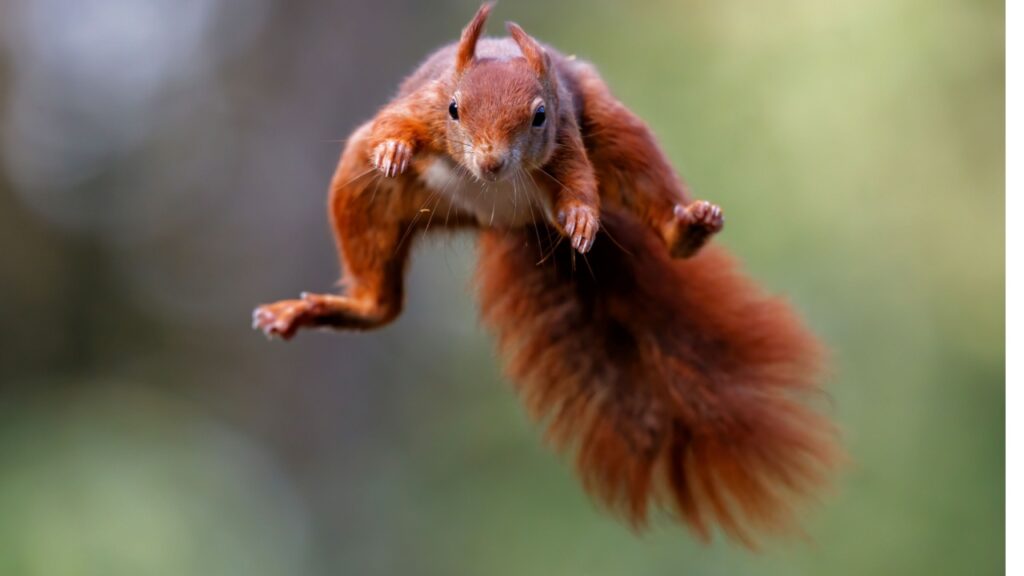The animal kingdom is full of surprises, especially when it comes to sleep. From upside-down snoozers to half-awake swimmers, our planet’s creatures have developed some truly amazing sleep habits. Let’s dive into 18 fascinating facts that will change the way you think about animal sleep!
Dolphins Sleep with One Eye Open

Dolphins have a unique way of sleeping. They rest half their brain at a time, keeping one eye open to watch for danger. This allows them to surface for air and stay alert to threats. Amazingly, they can sleep like this for days on end during long ocean journeys.
Giraffes Snooze for Just 30 Minutes a Day

Giraffes are the ultimate power nappers. These long-necked wonders only need about 30 minutes of sleep per day. They usually catch these quick naps standing up, but occasionally they’ll fold their legs and lay down for a short rest. Their short sleep time helps them stay alert for predators.
Sea Otters Hold Hands While Sleeping
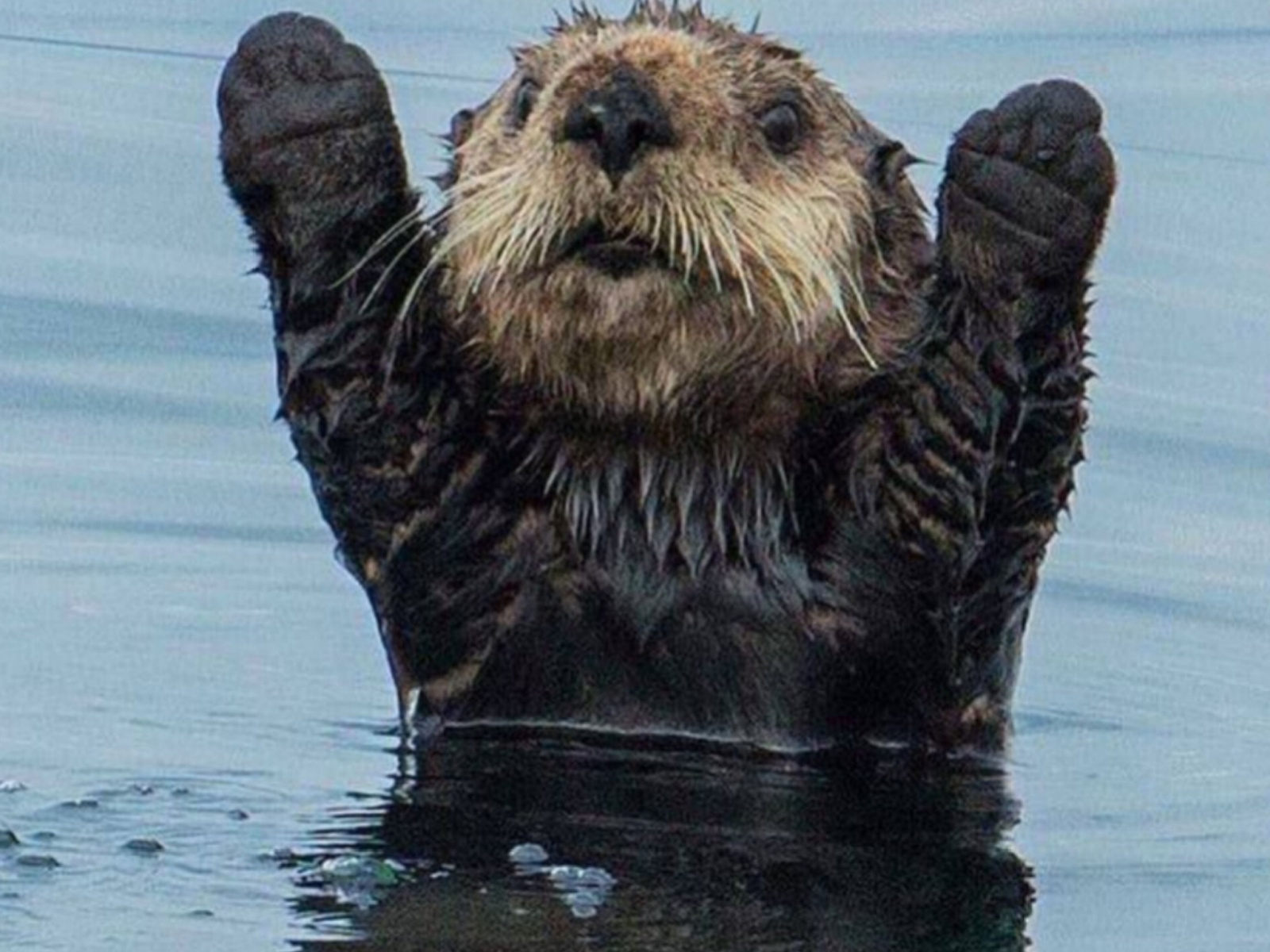
Sea otters have one of the cutest sleep habits in the animal world. They float on their backs and often hold hands with other otters to avoid drifting apart. This adorable behavior also helps them stay safe from predators and keeps them from floating away while they rest.
Horses Can Sleep Standing Up

Horses have a special leg-locking system that lets them sleep while standing. This ability helps them stay ready to run from danger at a moment’s notice. While they can doze standing up, horses still need to lie down for deep sleep, which they usually do for a few hours each day.
Some Birds Sleep While Flying
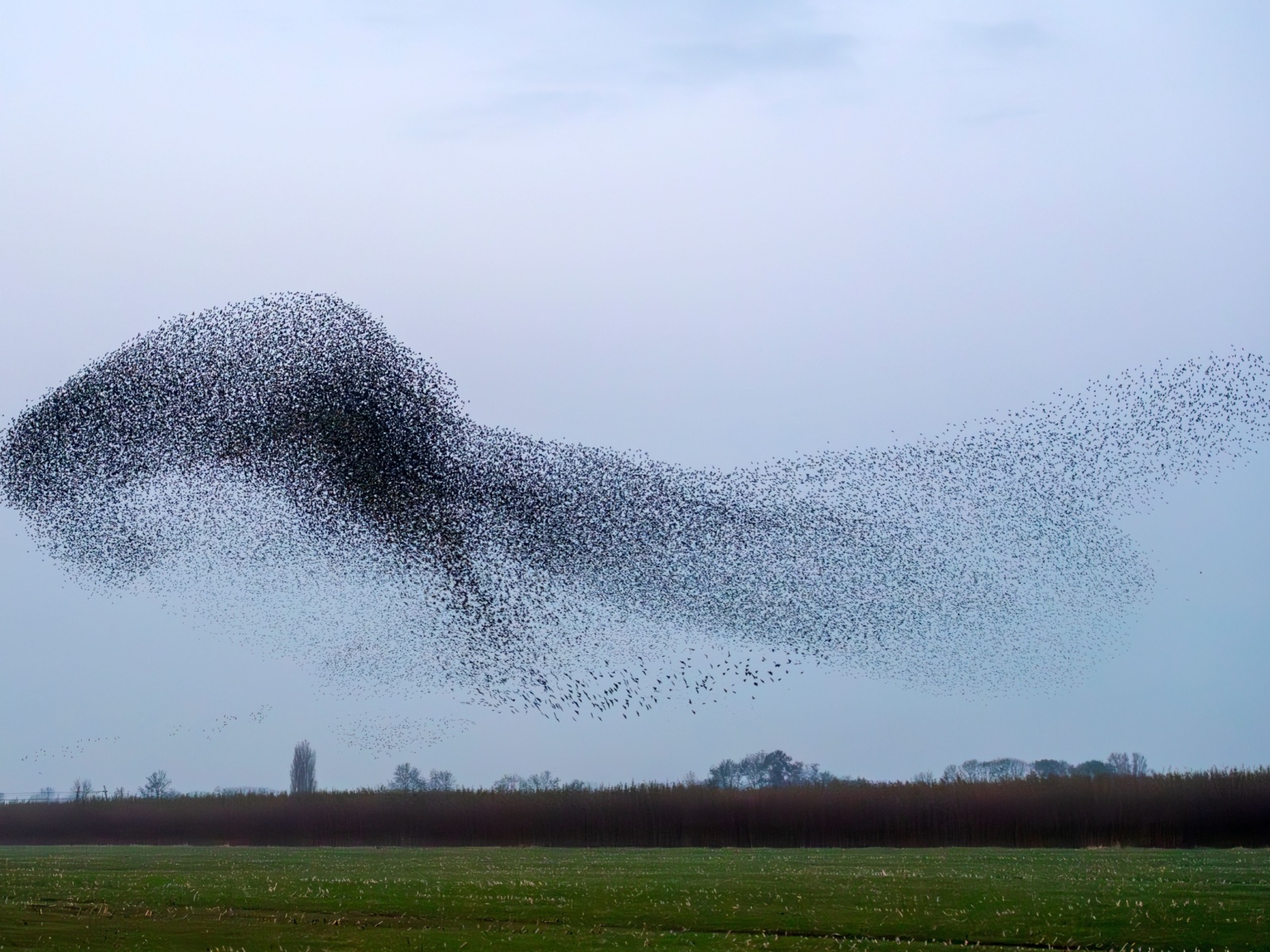
Certain birds, like frigatebirds, can sleep while soaring through the air. They take micro-naps, shutting down parts of their brain for seconds at a time. This amazing skill lets them stay in flight for months, sleeping on the wing as they cross vast oceans.
Walruses Can Sleep Underwater
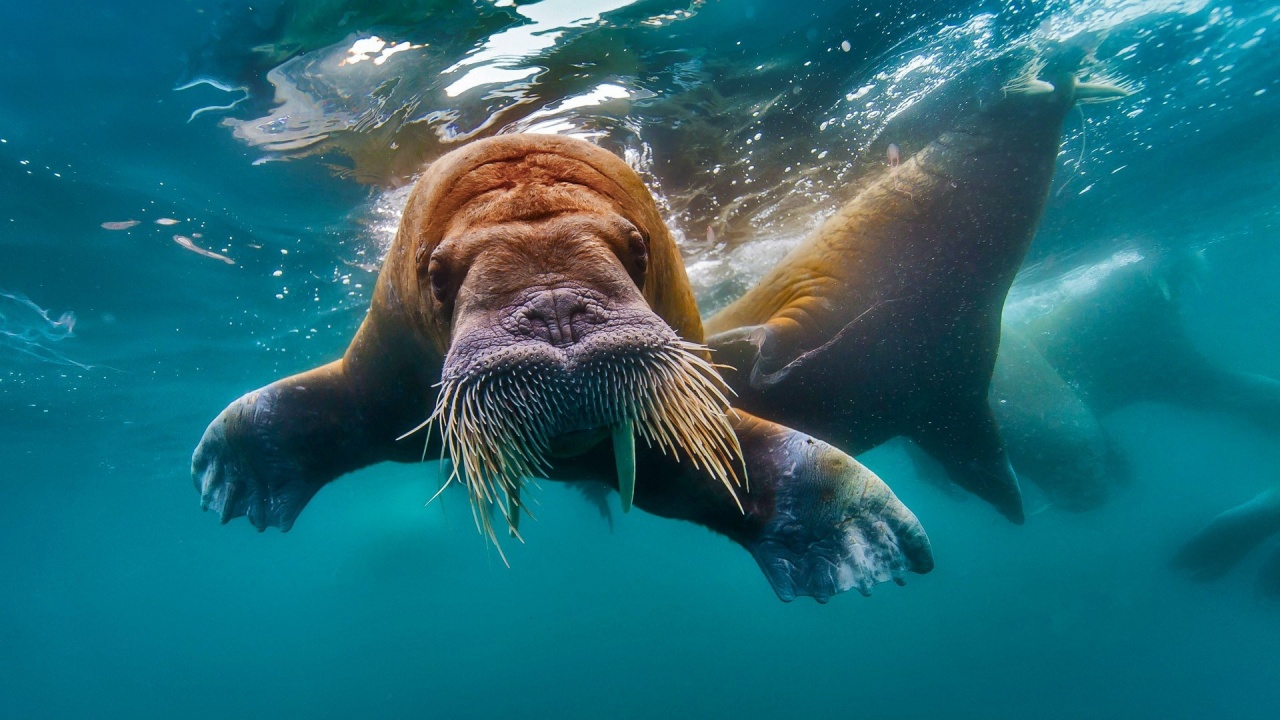
Walruses have an incredible ability to sleep underwater. They can hold their breath for up to five minutes while napping beneath the waves. To do this, they inflate special air sacs in their neck, which act like a pillow and keep their head above water while they snooze.
Bats Sleep Upside Down
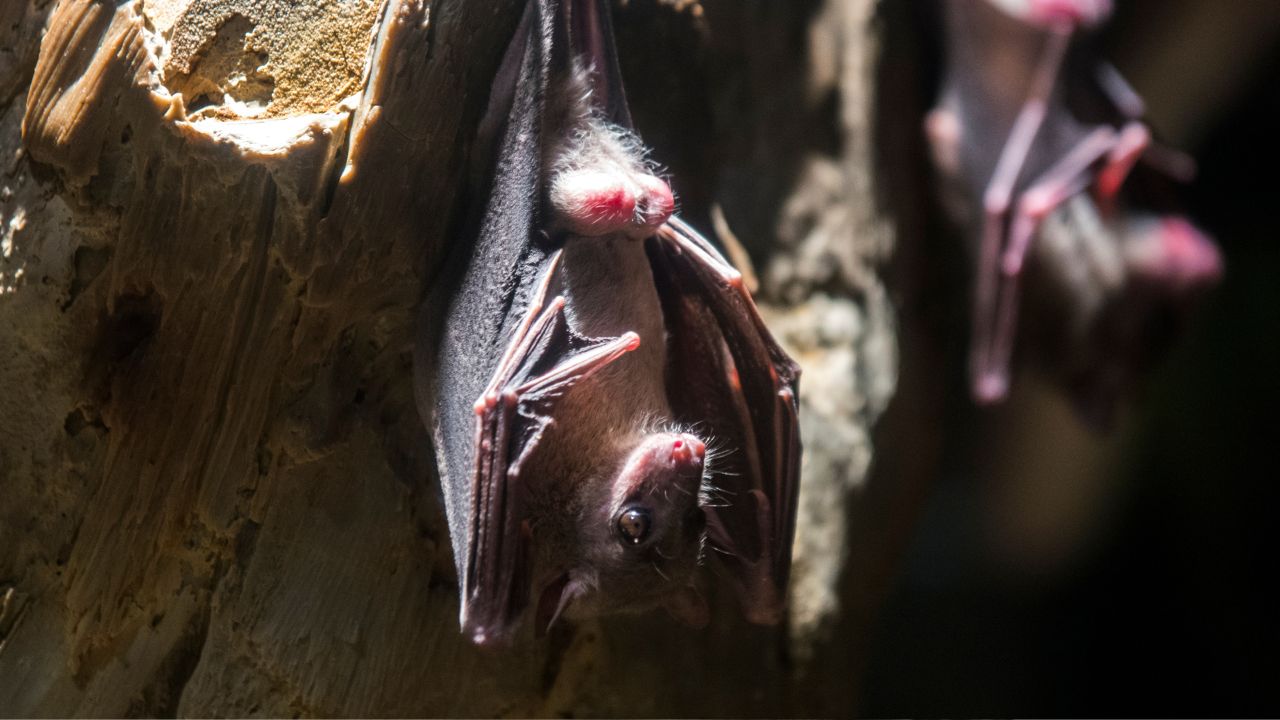
Bats are famous for sleeping upside down. This odd position actually helps them take off quickly if danger approaches. Their claws lock onto branches or cave roofs, allowing them to hang effortlessly. When it’s time to fly, they simply let go and spread their wings.
Elephants Sleep Standing or Lying Down

Elephants have flexible sleep habits. They can sleep both standing up and lying down, depending on their environment. In the wild, elephants often sleep standing to stay alert for predators. They typically sleep for only 2-3 hours a day, making them one of the least sleep-needy mammals.
Jellyfish Don’t Really Sleep at All
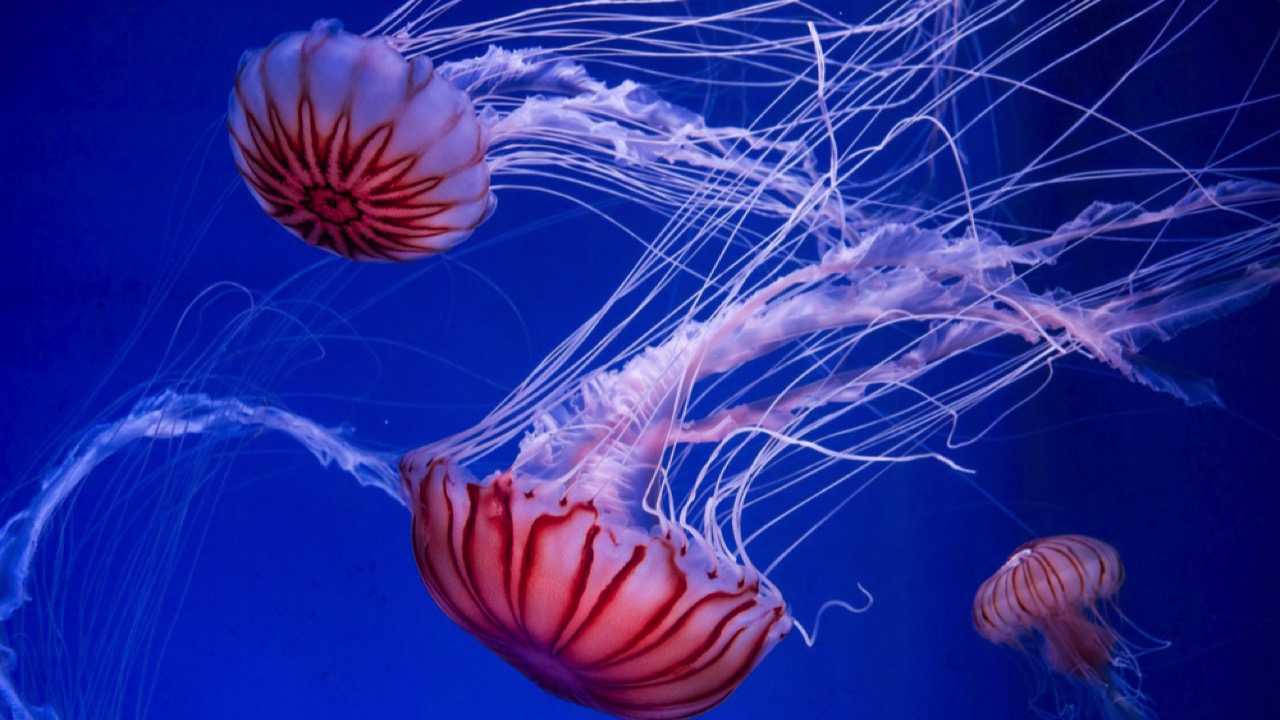
Jellyfish don’t have brains, so they can’t sleep in the way we understand it. However, they do have periods of reduced activity. During these times, they float near the surface of the water and pulse more slowly. Scientists are still studying this behavior to understand it better.
Chimpanzees Make Their Own Beds

Chimpanzees, our closest animal relatives, make cozy beds each night. They carefully weave together branches and leaves to create comfortable sleeping platforms high in the trees. These chimp beds are actually cleaner than human beds in terms of bacteria and parasites.
Desert Snails Can Sleep for Years
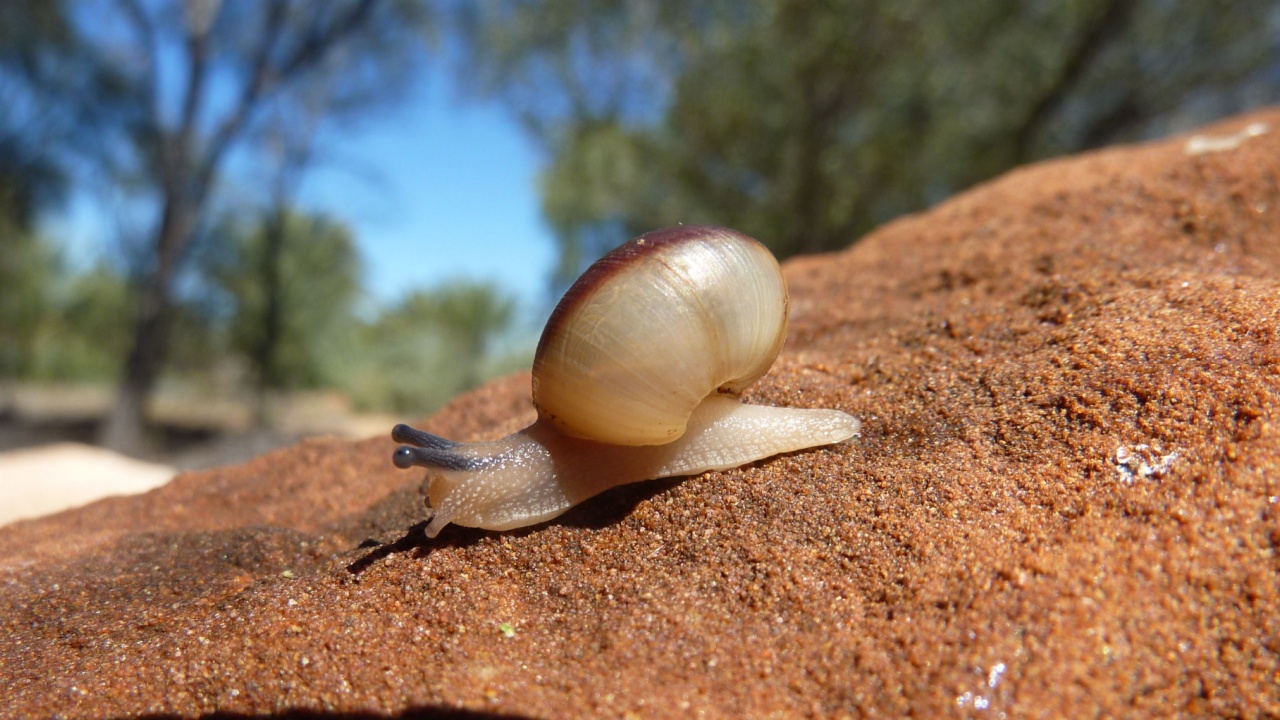
Some desert snails can enter a deep sleep state called estivation. This lets them survive long periods without water. During estivation, snails can sleep for up to three years! They seal themselves inside their shells with a special mucus plug to prevent water loss.
Penguins Take Hundreds of Micro-Naps
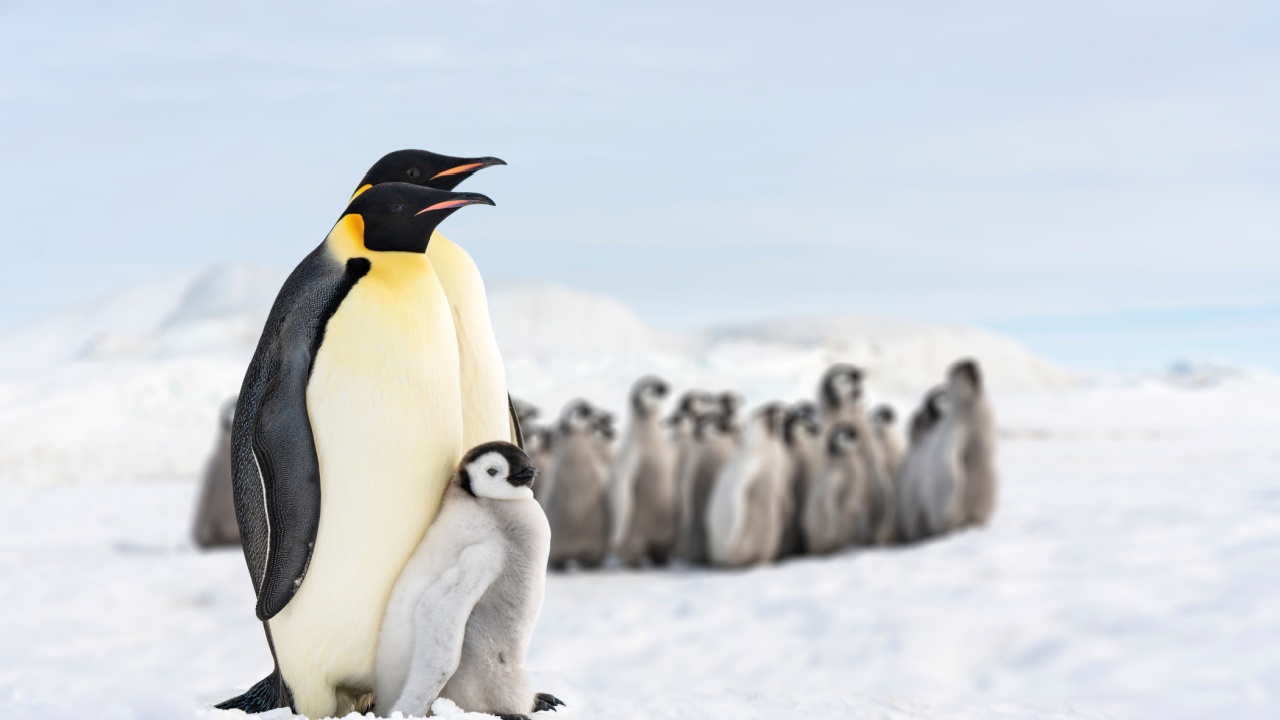
Penguins have a unique sleep strategy. Instead of long periods of rest, they take hundreds of tiny naps throughout the day and night. Each nap lasts only a few seconds. This helps them stay alert for predators while still getting the rest they need.
Squirrels Hibernate but Wake Up Regularly
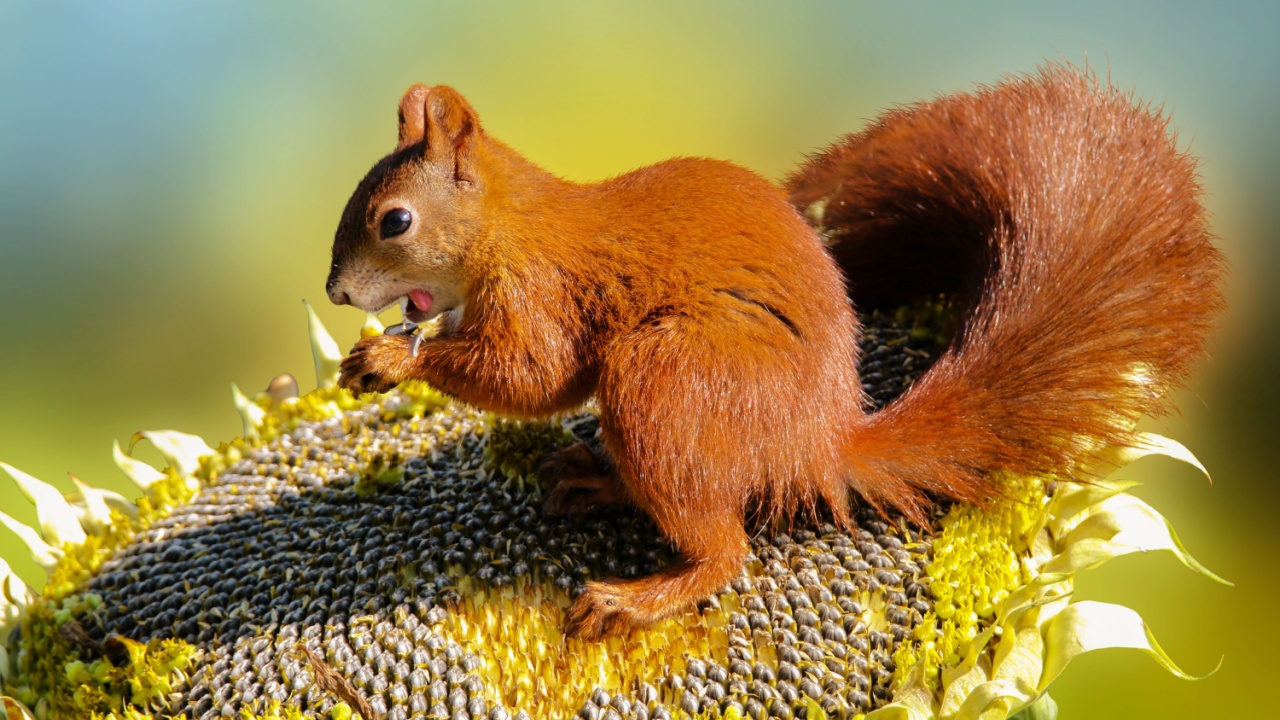
While many people think squirrels sleep all winter, they actually wake up every few days. During these wake periods, they eat stored food and use the bathroom. This cycle of sleeping and waking helps them conserve energy while still maintaining their body functions.
Albatrosses Can Sleep While Flying

Like some other birds, albatrosses can sleep during flight. They use a technique called dynamic soaring, which lets them fly long distances with little effort. While gliding, they can enter a sleep state with half their brain still active, allowing them to navigate and avoid collisions.
Meerkats Take Turns as Sleep Sentries
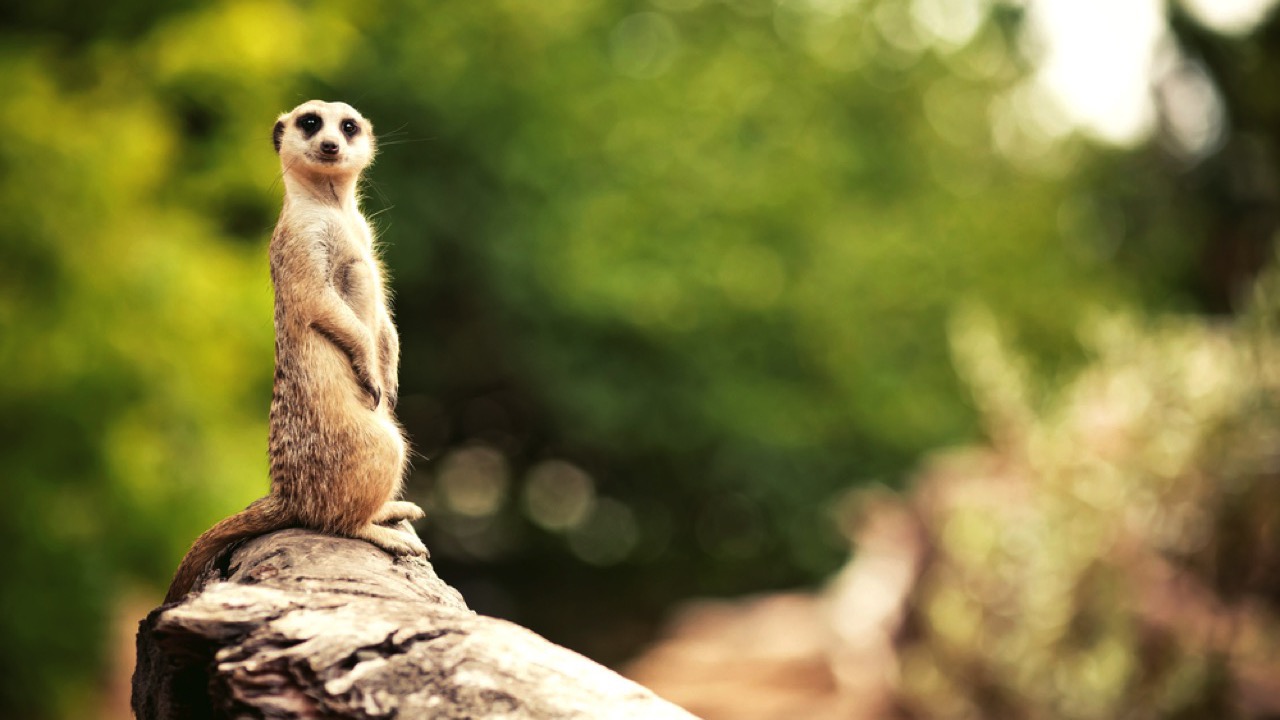
Meerkats are known for their teamwork, and this extends to their sleep habits. When a group of meerkats sleeps, one or two will stay awake as sentries. These watchful meerkats keep an eye out for danger, allowing the rest of the group to sleep safely.
Sperm Whales Sleep Vertically
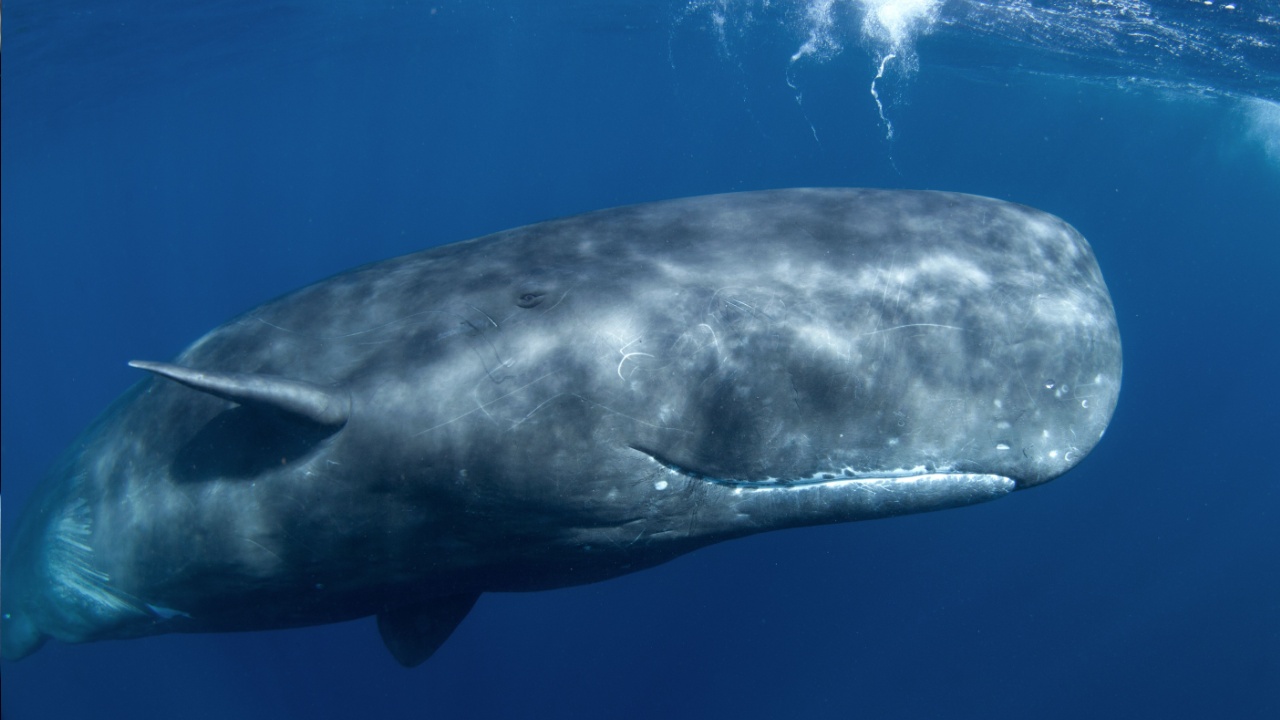
Sperm whales have one of the strangest sleep positions in the animal kingdom. They often sleep vertically in the water, with their tails down and their heads just below the surface. Scientists think this position might help them listen for approaching predators.
Ducks Can Sleep with One Eye Open

Like dolphins, ducks can sleep with one eye open and half their brain awake. This ability is especially useful when ducks sleep in groups. The ducks on the edge of the group keep their outer eye open, watching for danger while still getting some rest.
Sloths Sleep for Up to 20 Hours a Day
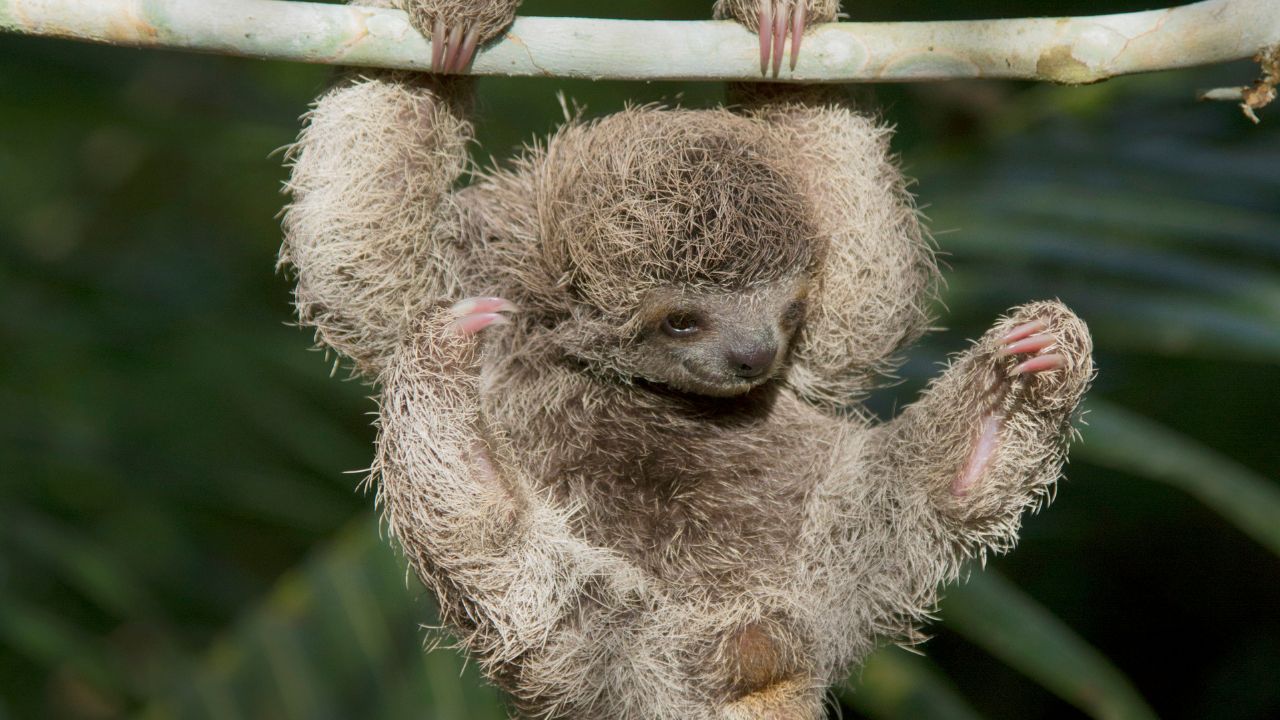
Sloths are the sleepyheads of the animal world. These slow-moving mammals can snooze for up to 20 hours every day. They sleep hanging upside down from tree branches, perfectly camouflaged among the leaves. This long sleep helps them conserve energy in their low-calorie diet.
Becky is a fervent wildlife enthusiast and pet care expert with a diploma in canine nutrition. Her love for animals stretches beyond the domestic, embracing the wild tapestry of global fauna. With over a decade of experience in animal welfare, Becky lends her expertise to OutlandishOwl through insightful articles, captivating wildlife information, and invaluable guidance on pet nutrition. Her work embodies a deep commitment to understanding the intricate lives of animals and a passion for educating others on sustaining natural habitats. Becky's hands-on conservation efforts and her knack for translating complex dietary science into practical pet feeding tips make her an indispensable voice for creatures great and small.

